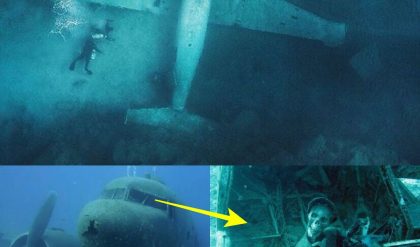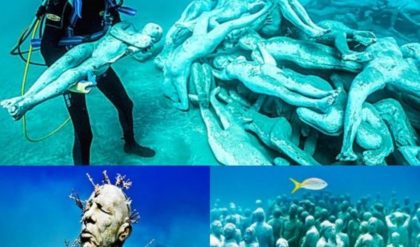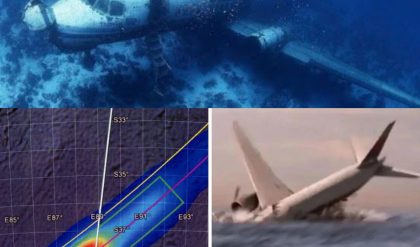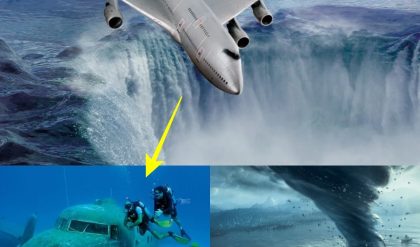The disappearance of the USS Cyclops in March 1918 stands as one of the most perplexing mysteries in naval history. This massive naval collier, which vanished without a trace during World War I, has left behind a legacy of speculation and unanswered questions.

The USS Cyclops, a 542-foot ship commissioned by the U.S. Navy, was designed to carry and refuel other vessels with its substantial cargo holds. On February 16, 1918, the Cyclops departed Rio de Janeiro, Brazil, bound for Baltimore, Maryland, carrying 10,800 tons of manganese ore and a crew of 309 men. Commanded by Lieutenant Commander George W. Worley, the ship made a scheduled stop in Barbados on March 3 for supplies before continuing its journey.
However, after leaving Barbados, the Cyclops and its crew were never heard from again. Despite extensive search efforts by the U.S. Navy and the Coast Guard, no wreckage, debris, or any sign of the ship was ever found. The Cyclops had seemingly vanished into the depths of the Atlantic Ocean, sparking numerous theories about its fate.
One prevalent theory suggests that the Cyclops might have been the victim of a German submarine or raider, given the ongoing hostilities of World War I. However, there is no concrete evidence to support this claim, and no German records indicate such an attack. Another theory posits that a catastrophic structural failure, perhaps exacerbated by the heavy load of manganese ore and engine troubles, led to a sudden sinking. The ship’s design flaws, combined with possible overloading and rough seas, could have caused it to break apart and sink rapidly.
The Bermuda Triangle theory is another popular explanation, as the Cyclops disappeared within this notorious region known for mysterious vanishings. Proponents of this theory suggest that the ship fell victim to the same enigmatic forces that have allegedly caused other vessels and aircraft to disappear. However, the Bermuda Triangle theory is often met with skepticism by the scientific community, which favors more tangible explanations.
Over the years, various expeditions and research efforts have attempted to locate the wreck of the Cyclops, utilizing advanced technology such as sonar mapping and underwater drones. Despite these efforts, the ship’s final resting place remains undiscovered, and its disappearance continues to baffle experts and enthusiasts alike.
The loss of the USS Cyclops had significant implications, not just for the U.S. Navy but also for the families of the 309 men who were on board. The tragedy highlighted the perils of naval travel during wartime and underscored the limitations of early 20th-century search and rescue operations.
In recent years, interest in the mystery of the Cyclops has been revived by advancements in underwater exploration technology. Researchers remain hopeful that one day, the wreck of the USS Cyclops will be found, providing answers to a century-old enigma and offering closure to the families of those lost.
The story of the USS Cyclops serves as a poignant reminder of the unpredictable and often unforgiving nature of the sea. It underscores the need for continuous improvements in maritime safety and navigation to prevent such tragedies in the future. As we continue to unravel the mysteries of the deep, the fate of the Cyclops remains a testament to the enduring allure of the unknown and the relentless pursuit of knowledge in the face of adversity.





